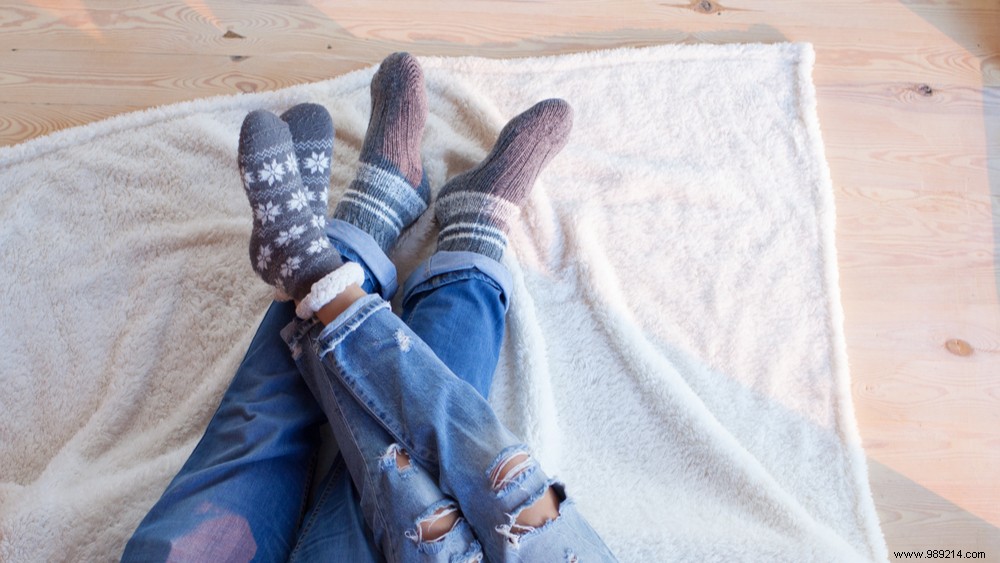
During cold and humid periods, you can suffer from chilblains:blue-red swellings on your feet that can be very itchy and sometimes even painful. You can do this.
Chilblains usually occur at temperatures below 15 to 10 degrees. From those temperatures, the transition from inside to outside (and vice versa) is quite large for your body. So try to keep temperature transitions as small as possible by dressing warmly when you go outside and avoiding extreme heat from a stove or fireplace.
Read also: “5 tips against swollen feet”
Wear several layers of clothing for extra insulation, wear gloves (preheated if necessary) and put on good winter shoes. Make sure that these do not pinch, that can actually make the complaints worse.
Your heart pumps blood through your body, supplying all cells with oxygen. The further into the body, the weaker that 'pump pressure' becomes. Since your hands and feet are the ends of your body, the pressure there is a bit weaker. Chilblains are caused by the blood not being able to flow properly and as a result, it accumulates. That accumulation causes itching and other complaints.
Stimulate your circulation by continuing to move a lot. Do you have to go out in the cold? Start moving half an hour in advance to boost the blood circulation in your feet. It can be very simple:vacuum, wipe the windowsills or clean up the laundry.
Another way to stimulate your circulation is to take an alternating bath. You can also use special devices that stimulate blood circulation. There are also various creams and gels against chilblains. The effect of both exchange baths and that of massage and creams has not been proven.
For an exchange bath, keep your feet and/or hands in warm water for three minutes, then in cold water for half a minute. Finish with three minutes in warm water. Start with the alternating baths on time, for example in September. In this way you prepare your blood vessels for temperature changes. Once you have chilblains, alternating baths can backfire. So be careful with this!
Chilblains occur most often with the combination of cold and moisture. So make sure your feet stay dry.
Choose waterproof shoes made of natural materials, such as leather. It is better to avoid plastic, because it does not breathe. Wear woolen or cotton socks in your shoes, they don't irritate your skin and absorb sweat quickly. Use shoe trees to air out your shoes after wearing them and make them dry faster.
Source:Santé January 2019 Text:Mara Ruijter